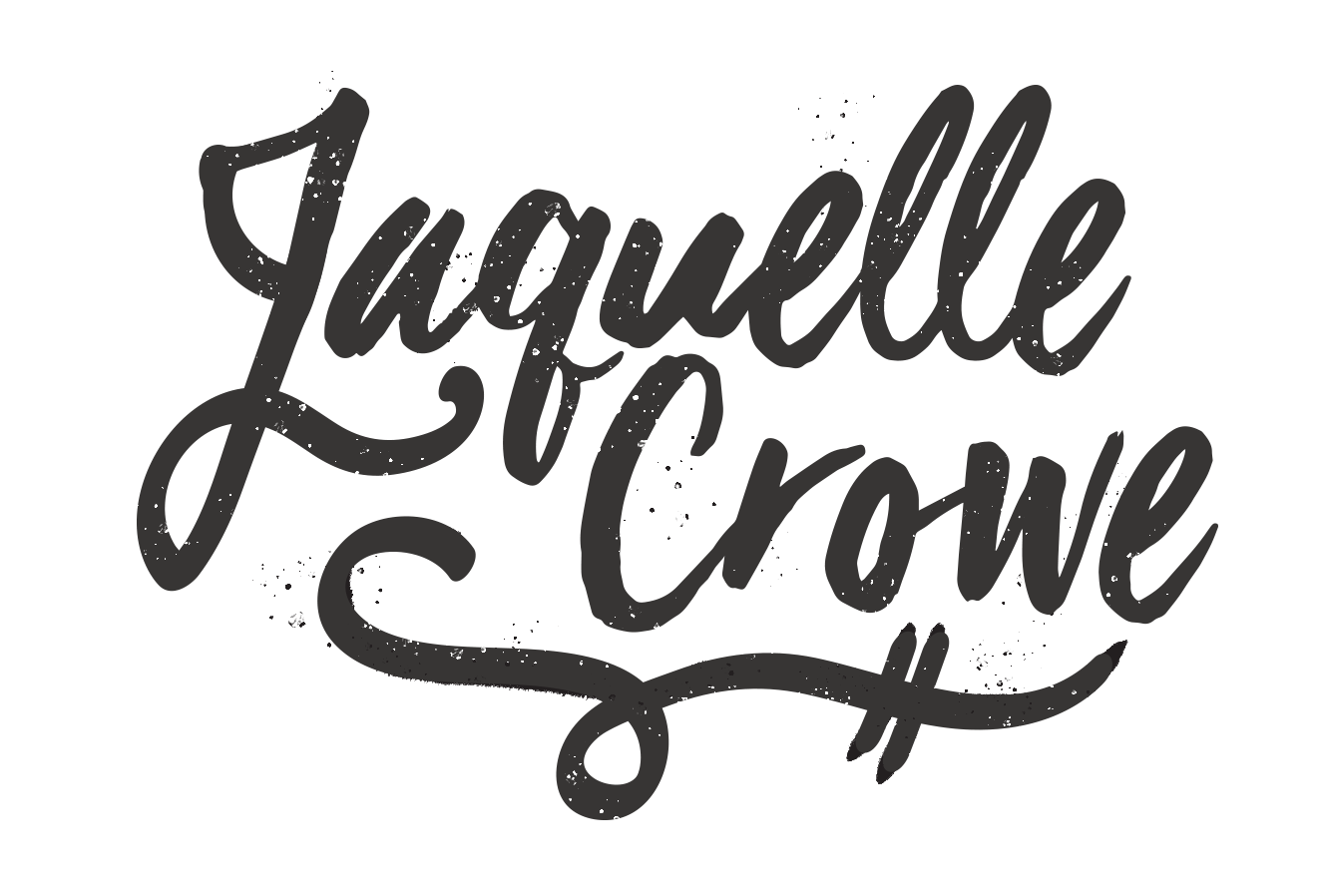This is one of the most beneficial, edifying, and interesting articles I have read in a while.
Janie B. Cheaney:
Janie B. Cheaney:
I remember when Jeanette Oke and “deliverance” stories were about the only options teenage girls had if they wanted to read some Christian romance. The inventory has greatly expanded and almost every secular literary genre now has its Christian counterpart, especially for girls. Does she like historical, cozy mystery, fantasy, paranormal, sci-fi, lighthearted chick-lit (all with a romantic angle)? Chances are, Zondervan, Bethany House, Tyndale, or Thomas Nelson has published a title for it. Since the explosion of faith-based novels in the 1980s, writing quality has improved, and the plotlines are more realistic and relatable.
Still, there are certain problems in the overall category that are difficult to grasp, much less overcome. When you think about it, “Christian fiction” is itself something of an oxymoron, splicing absolute truth with an art form that stops being art as soon as it starts stating absolutes. And if fiction is not allowed to preach (which it isn’t), what “Christian values” can it communicate, especially in an area that the secular world gets so wrong (i.e., love)? With the best of intentions, faith-based fiction can even communicate some un-Christian values.
Before I get to that, let’s think about why we reach for books in the library stacks that are labeled with a fish or a cross (or why we steer our teenagers in that direction).
